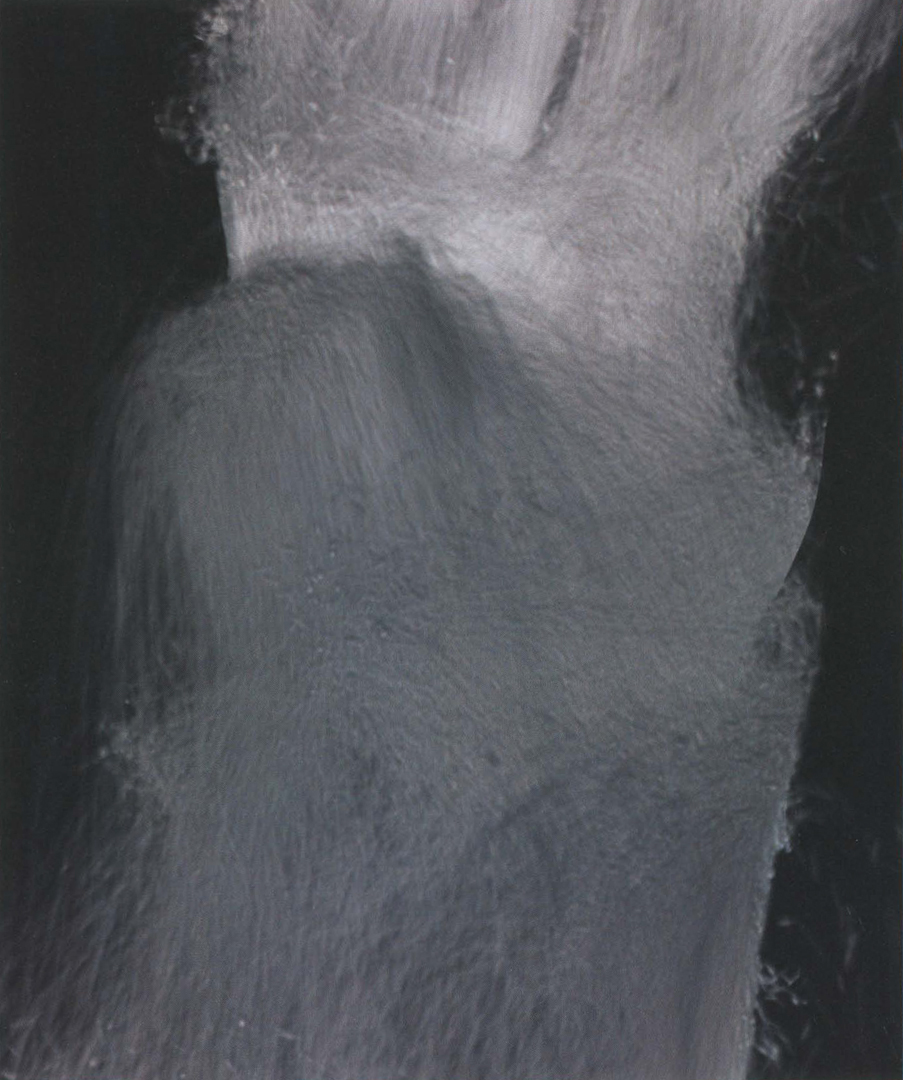Peter Hardie: falling water
Artist(s):
Title:
- falling water
Exhibition:
Creation Year:
- 2007
Medium:
- Inkjet print on aluminium
Size:
- 40 inches x 33 inches
Category:
Artist Statement:
This work is based on a visual reaction to waterfalls. The intent is to realise the sensations evoked by fast-moving white water enclosed within a dark environment of rock and trees: the movement and intertwining patterns of water, the water’s shape, and the passage defined by the underlying rock structure. The image is primarily monochrome, reflecting the lack of any strong colours within the water. The play of light reaching the water is weak and changeable. The environment of rock and trees was a secondary influence compared with the water and has been negated in the image, because the waterfall defines the underlying structure. The focus is on the interaction of the water movement and pattern and the light and dark of the scene. This series of images is evolving from the initial reactive studies of the falls to developing the structure of the image, the vertical line, the black and white, the textural variations, and the strong abstract statements the images are beginning to make.
Technical Information:
The scene consists of models of the underlying rock structure over which the water flows. These models are not directly
visible, being black in colour. The waterfall is simulated using a particle system. The primary tool used in the making of the sequence was Softimage XSI. The workflow entails:
Creating the particle emitter and its settings (rate, spread, and speed). Creating the particle type and its characteristics (colour, transparency, size, mass, shade, shadowing, and noise). Particular use was made of the Perlin noise function. The basic 2D particle shader was used for both efficiency and versatility. Creating obstacles and natural forces. A number of hidden obstacles were used to control the water flow. Using motion blur on the particles to simulate the falling water surface. Creating lighting to simulate the dappled light reaching the water surface.





